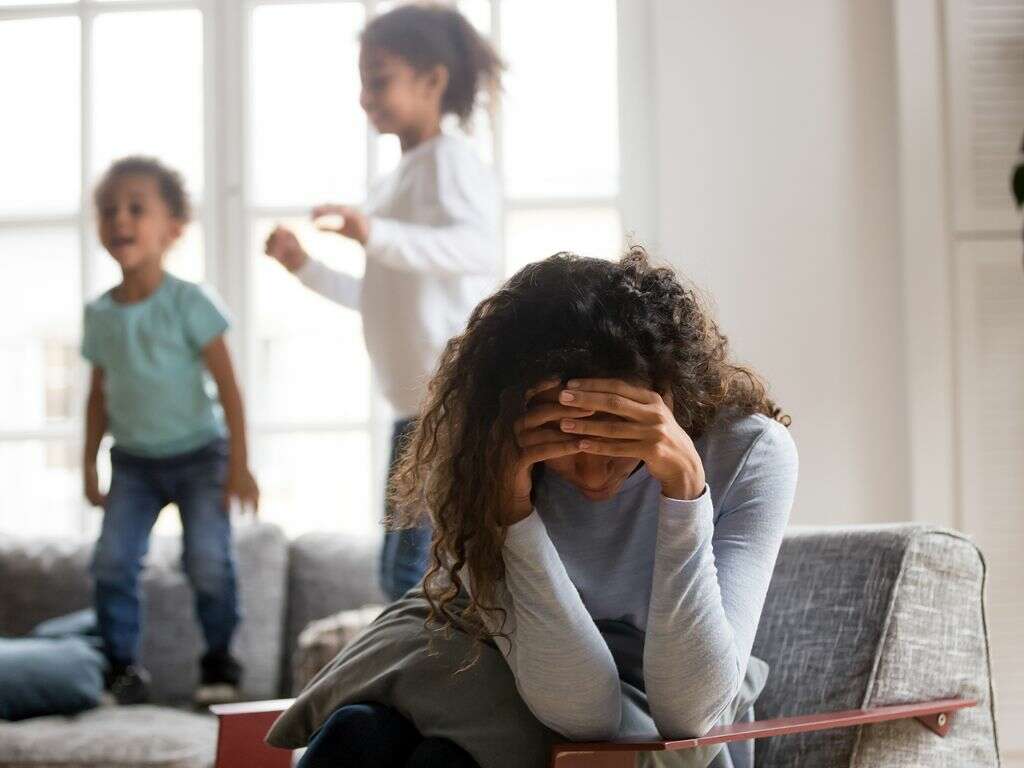What Is Dysthymia?
5. Subtypes
Some professionals, concerned that dysthymia covers too broad a range of symptoms, recommend breaking the disorder into two subtypes. One subtype is anxious dysthymia, which describes patients whose condition causes them a great deal of anxiety and are likely to seek help. Their attempts at self-medication often include overeating and using drugs, such as benzodiazepines, alcohol, marijuana, or opiates. They respond well to treatment with selective serotonin reuptake inhibitors.
A second subtype is anergic dysthymia, which describes patients more debilitated by the condition. They tend to be lethargic, lack motivation, and have an inability to feel pleasure. Prescription drugs that increase natural levels of norepinephrine and dopamine hormones are better suited for this type of patient. A diagnosis of PDD can also be qualified by indicating the presence of melancholic, atypical, or mood-congruent features, or by describing it based on time of onset.
Advertisement











